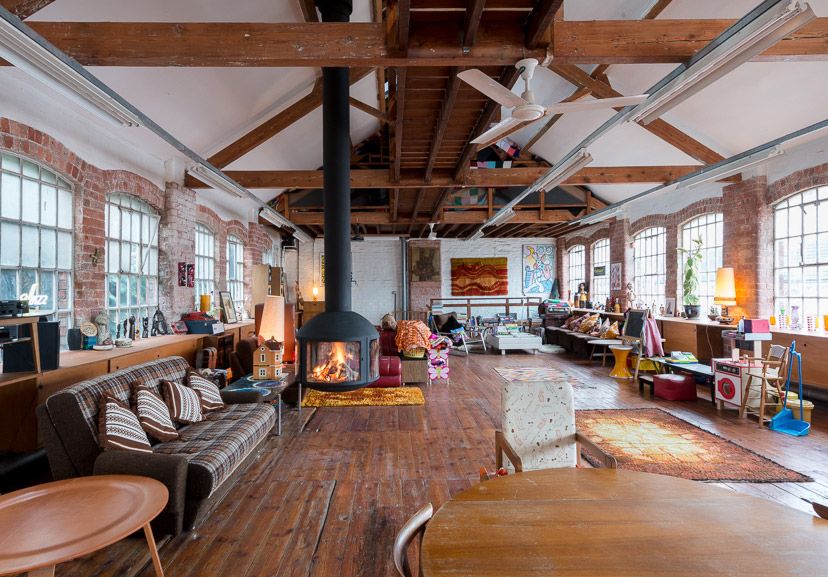Building Green
The construction industry is undergoing a transformative shift towards sustainable practices, and one key aspect driving this change is the concept of reuse. By embracing the principles of reuse, the construction industry can significantly reduce waste, conserve resources, and contribute to a more sustainable built environment. Join us as we delve into the world of construction and discover how the power of reuse is shaping a greener future.

Salvaged Materials
Construction projects often generate a substantial amount of waste, including materials such as lumber, bricks, and metal. However, through the practice of salvaging materials, these resources can find new life in other construction projects. Salvaged materials are carefully removed from existing structures, carefully sorted, and then reused in new building projects.
For example, reclaimed wood can be transformed into unique flooring or furniture, while salvaged bricks can be cleaned and reused in new construction projects. By salvaging materials, the construction industry reduces the demand for new resources and minimizes waste going to landfills. It’s a win-win solution that promotes environmental stewardship and adds character to new structures.
Adaptive Buildings
Adaptive reuse is a sustainable approach that involves repurposing existing structures for new functions, rather than demolishing and rebuilding from scratch. By creatively reimagining the use of a building, developers and architects can breathe new life into historic or underutilized structures.

For instance, an old factory can be transformed into loft apartments, or a warehouse can become a vibrant commercial space. Adaptive reuse not only preserves the architectural heritage of a community but also saves valuable resources that would have been used in new construction. By repurposing existing structures, the construction industry reduces waste, reduces the carbon footprint associated with new construction, and adds character and charm to neighborhoods.
Prefabricated and Modular Construction
Prefabricated and modular construction methods are gaining popularity in the industry due to their efficiency and sustainability benefits. In this approach, building components are manufactured off-site in a controlled environment and then assembled on-site. The modular nature of these components allows for easy disassembly and reuse. When a building needs to be modified or relocated, the modules can be dismantled and repurposed for new projects. This approach reduces construction waste and streamlines the building process by optimizing material usage.
Prefabricated and modular construction methods can significantly shorten construction timelines, minimize disruption to the surrounding environment, and enhance the overall efficiency of the construction process.
Construction Waste Recycling
Construction waste recycling programs are becoming increasingly prevalent in the industry, promoting the reuse and recycling of various construction materials. Instead of sending waste to landfills, construction companies are implementing processes to separate and recycle materials such as concrete, metals, and plastics. These recycled materials can then be used in new construction projects, reducing the need for virgin resources. For example, crushed concrete can be reused as a base material for road construction, while recycled metals can be melted down and repurposed for new structural components.
Construction waste recycling not only reduces the environmental impact of the industry but also supports the creation of a circular economy, where resources are continually reused and recycled.
Wrap up
The construction industry has a tremendous opportunity to drive sustainability through the power of reuse. By salvaging materials, embracing adaptive reuse, adopting prefabricated and modular construction methods, and implementing construction waste recycling programs, the industry can significantly reduce waste, conserve resources, and create a more sustainable built environment.


